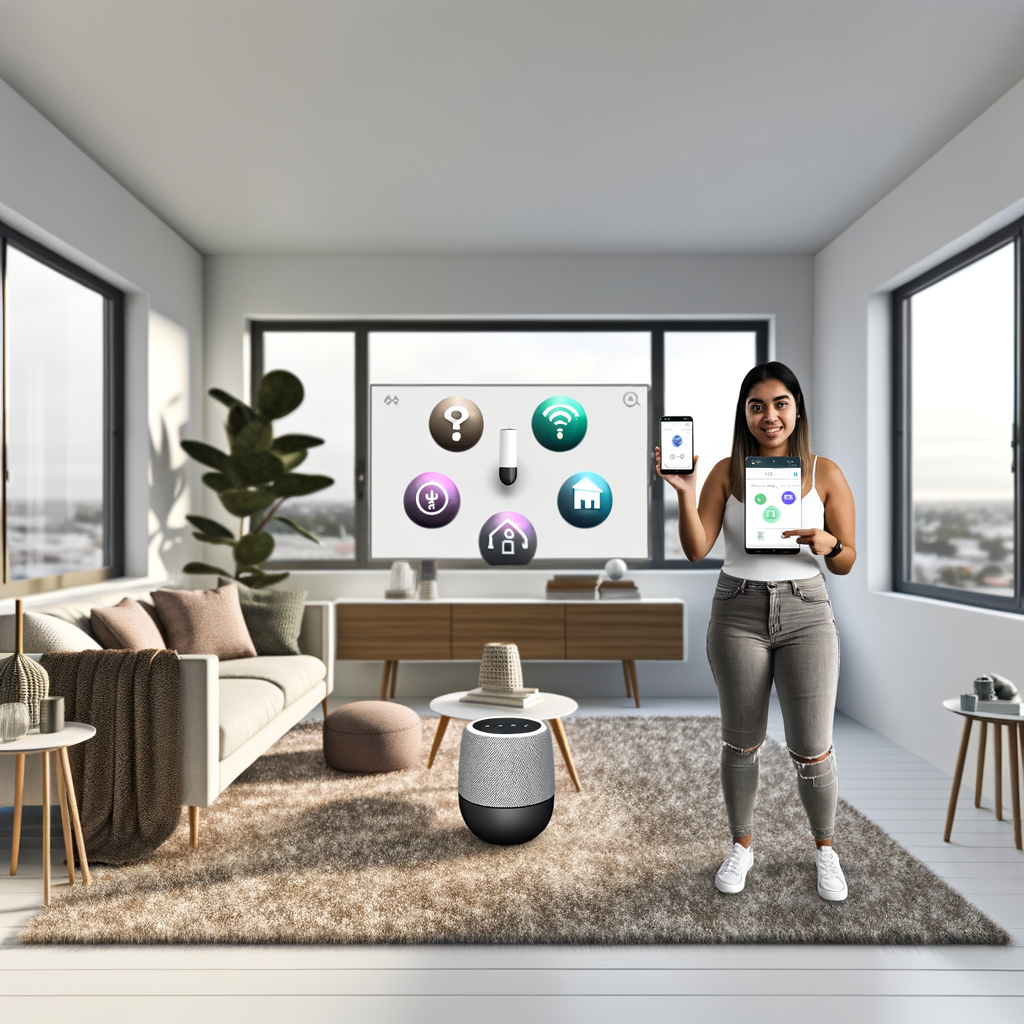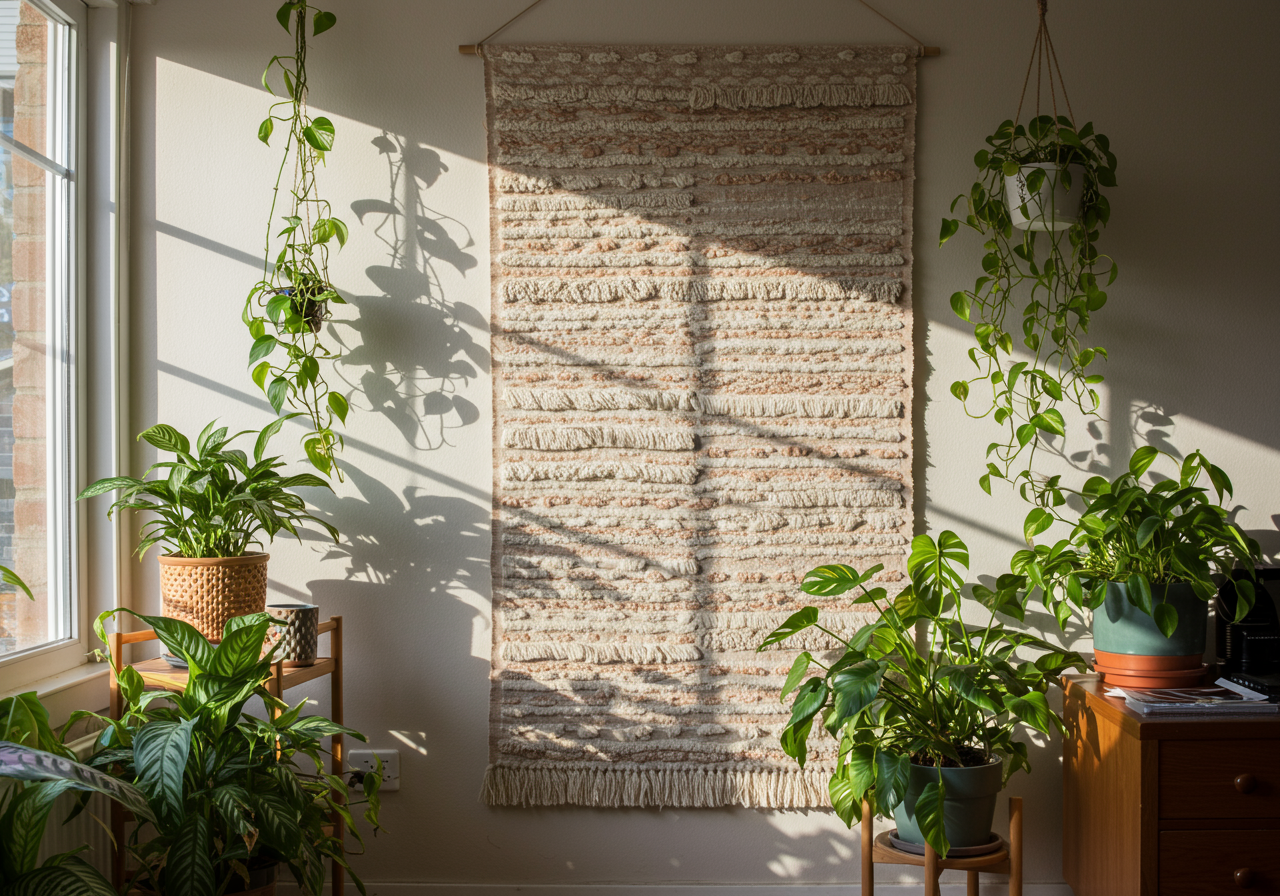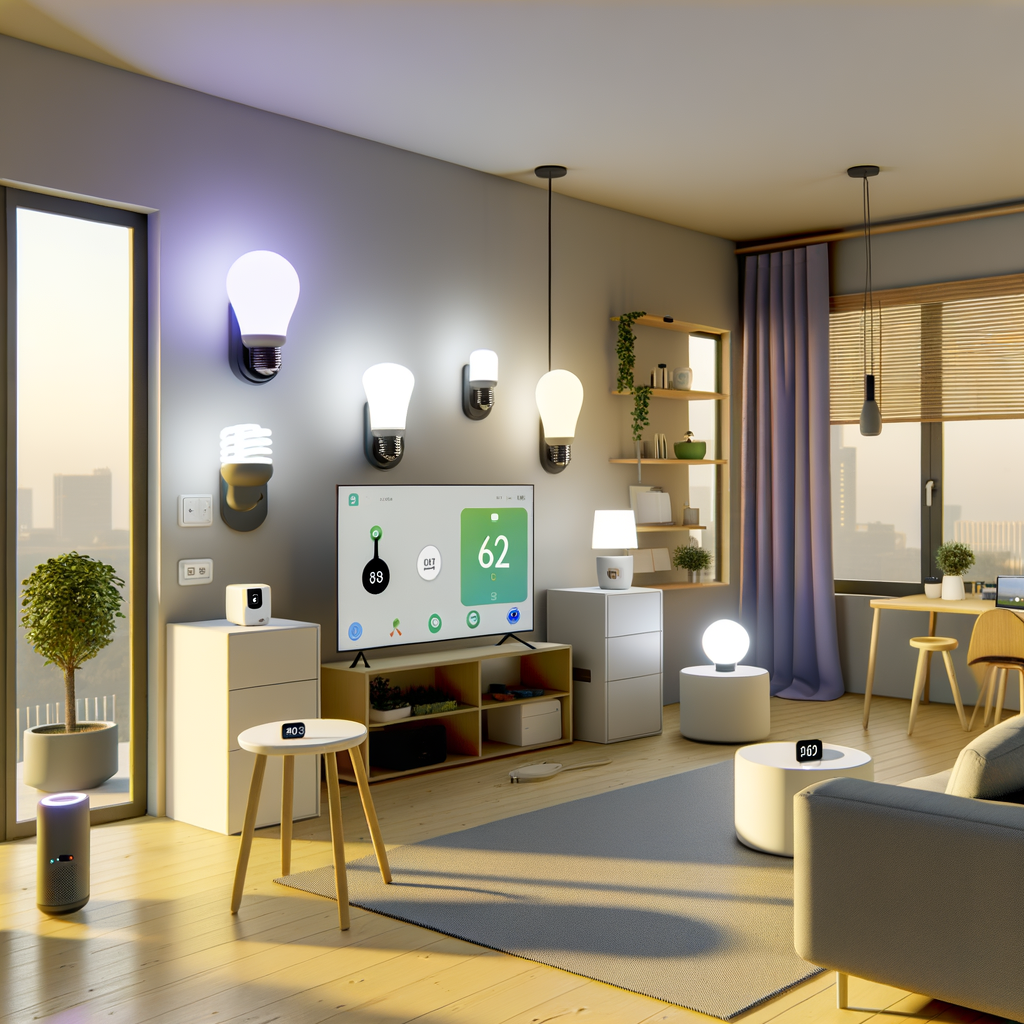How to Choose Energy-Efficient Smart Home Devices When You Can’t Install Permanent Fixtures
Living in a rental shouldn’t mean you have to miss out on the benefits of a smart, energy-efficient home. Permanent fixture limitations can feel like a barrier, but today’s smart home market offers a wealth of renter-friendly, non-intrusive solutions. By making the right choices, you can lower energy bills, shrink your carbon footprint, and boost comfort—without drilling holes or angering your landlord.
This guide will walk you through how to choose energy-efficient smart home devices when permanent installations aren’t an option. We’ll cover what to look for, essential categories, top product features, and how to get the most impact from your upgrades.
Why Energy Efficiency Matters for Renters
Energy-efficient smart devices do more than just reduce utility bills:
- Lower monthly costs: Cut your electricity consumption and save money.
- Reduce environmental impact: Less energy use means fewer carbon emissions.
- Enhance convenience: Automate lighting, heating, and cooling without lifting a finger.
- Boost comfort and safety: Enjoy a healthier, more personalized living space.
Best of all, today’s smart ecosystem offers many portable or temporary solutions, ideal for apartment dwellers, students, and other renters.
Key Considerations for Renters
Before you start shopping, keep these crucial points in mind:
- Portability: Can you take it with you when you move?
- No or Low Installation: Avoid devices that require wiring, drilling, or hard-mounting.
- Compatibility: Do the devices work with your phone or smart home hub?
- Cost: Balance up-front price with long-term energy savings.
- Respect for the property: Devices should leave no trace and require minimal landlord permission.
Types of Energy-Efficient Smart Devices Ideal for Renters
The following categories offer big energy and comfort gains with easy installation and removal:
Smart Plugs
- Plug directly into standard wall outlets—no tools required.
- Control lamps, fans, and appliances remotely via app or voice.
- Set schedules to automatically turn off forgotten devices, saving energy effortlessly.
Smart Bulbs
- Replace ordinary light bulbs with efficient, controllable LEDs.
- Enable dimming, color changes, and automation right from your phone.
- Reduce lighting-related electricity use thanks to precise scheduling and occupancy controls.
Smart Thermostats (Plug-in & Portable Units)
- Some portable smart thermostats can control AC units or space heaters via IR (infrared) or smart outlets.
- Plug-and-play models are perfect for window units and portable heaters without hardwiring.
- Automate temperature settings based on time, occupancy, or location.
Smart Sensors
- Battery-powered motion, door/window, and occupancy sensors require no installation.
- Use sensors to trigger lights or climate devices only when a room is in use.
- Help reduce “phantom load” and ensure nothing is left on needlessly.
Smart Power Strips
- Let you control multiple devices from a single app or hub.
- Efficiently cut off standby power to entertainment systems and devices when not in use.
- No rewiring or mounting needed.
Climate Control Accessories
- Smart window AC controllers and radiator valves can upgrade efficiency without permanent changes.
- Look for battery-powered or stick-on devices approved for rentals.
How to Select the Best Smart Devices for Your Rental
Step 1: Prioritize High-Impact Upgrades
Start with areas where energy savings are greatest and devices are truly “set and forget.” Focus on:
- Lighting: Swap bulbs and use smart plugs/switches for lamps.
- Climate Control: Smart thermostatic plugs, remote AC controls, or IR blasters for window units.
- Standby Power: Smart plugs and strips for TVs, chargers, and kitchen gadgets.
Step 2: Verify Plug-and-Play Installation
Look for smart products that require no wiring, screws, or complex setup. Ideally, you want:
- Standard outlet compatibility.
- Battery-powered or adhesive-mount (not screw-in) options for sensors.
- Simple mobile app or voice assistant pairing.
Step 3: Check for Portability
Non-permanent devices should be easy to remove and pack up when you move. Ensure:
- Devices won’t damage the apartment.
- Replacement (e.g., swapping bulbs back to landlord’s) is fast and easy.
Step 4: Consider Compatibility and Ecosystem
Stick to devices that work with your existing smartphone, smart speaker, or hub (Amazon Alexa, Google Home, or Apple HomeKit).
- If you plan to expand your smart home setup, choose products that use open standards like Wi-Fi, Zigbee, or Z-Wave.
- Avoid obscure brands or proprietary platforms that may not work with your other devices—or future rentals.
Step 5: Choose for Energy Monitoring
Many smart plugs and strips feature real-time energy usage measurements, so you can:
- Track which devices use the most power.
- Spot waste easily and adjust schedules for better savings.
- Get monthly reports to spot trends and further optimize usage.
Top Features to Look For
When evaluating specific smart home products, keep an eye out for these valuable features:
- Energy Monitoring: Real-time tracking of consumption.
- Easy Scheduling: Ability to set routines and automations.
- Remote Access: Control devices from anywhere using your phone.
- Voice Activation: Supports Alexa, Google Assistant, or Siri.
- No Hub Required: Wi-Fi enabled for direct connection to your router if you don’t want a separate hub.
- Child and Pet Safety: Tamper-resistant plugs or covers for safety.
- Multi-Device Control: Manage multiple plugs, bulbs, or sensors from one app.
- Vacation Mode: Randomizes lighting schedules for added security while you’re away.
How to Maximize Smart Device Energy Savings in a Rental
Choosing the right device is only half of the battle. Follow these strategies to get the most benefit from your smart upgrades:
- Automate Everything: Set schedules for lights, fans, and appliances so they only run when needed.
- Use Motion Sensors: Automatically turn off lights and devices when no one’s in a room.
- Leverage Geofencing: Set devices to switch off when everyone leaves home (most smart apps support this).
- Monitor Regularly: Review energy usage reports provided by your smart devices to spot trends and make adjustments.
- Layer with Efficiency Habits: Don’t forget basic best practices—unplug unused devices, use natural light when possible, and clean filters on climate devices.
Common Questions from Renters
“Will my landlord allow smart home devices?”
Most plug-in smart devices are considered “temporary” and don’t require landlord permission. Double-check your lease just to be safe.
“Can I take my devices with me when I move?”
Absolutely! That’s why portable smart devices are perfect for renters—unplug, pack, and reinstall at your new place in minutes.




